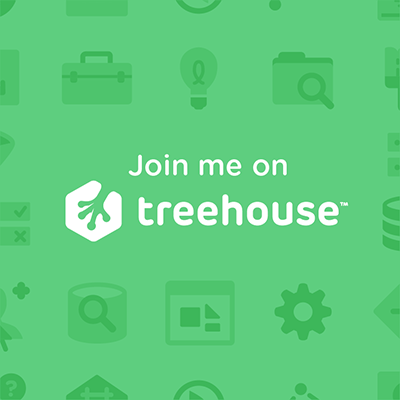The food industry is one of the most critical and dynamic sectors in the global economy. It requires businesses to stay ahead of the competition, respond to the changing demands of customers, and maintain food safety standards while delivering high-quality products. This is where business intelligence (BI) comes into play.
Business intelligence is a set of strategies, technologies, and practices that help organizations collect, process, and analyze data to make informed decisions. In the food industry, BI enables companies to get a better understanding of their customers, market trends, and supply chain, leading to improved operations and higher profits.
Here are some ways in which business intelligence is transforming the food industry:
Better Customer Insights: By gathering data from various sources such as market research, customer feedback, and sales data, companies can gain valuable insights into their customers' preferences, buying habits, and opinions. This information helps them tailor their products, marketing strategies, and customer service to meet the needs of their customers.
Supply Chain Optimization: BI helps companies monitor their supply chain to ensure they are getting the best deals, reducing waste, and ensuring the quality of their ingredients. This leads to improved efficiency and lower costs, which are crucial factors in the highly competitive food industry.
Food Safety and Compliance: Food safety is a top priority in the food industry. BI helps companies track and monitor food safety standards and regulations, ensuring they are in compliance with industry standards. This not only protects customers but also protects the company's reputation and bottom line.
Predictive Analytics: BI allows companies to use data to predict future trends and make informed decisions. In the food industry, this can include predicting demand for certain products, identifying potential food safety issues, and anticipating supply chain disruptions.
Improved Decision Making: With the vast amounts of data available, it can be challenging to make informed decisions. BI helps companies by providing real-time data and insights, enabling them to make data-driven decisions quickly and with confidence.
In conclusion, business intelligence is transforming the food industry by providing valuable insights into customers, the market, and supply chain operations. By using BI, food companies can improve their operations, make better decisions, and ultimately, increase their profits. Whether you are a small local business or a multinational corporation, implementing BI strategies can help you stay ahead of the competition and thrive in today's rapidly changing market.


